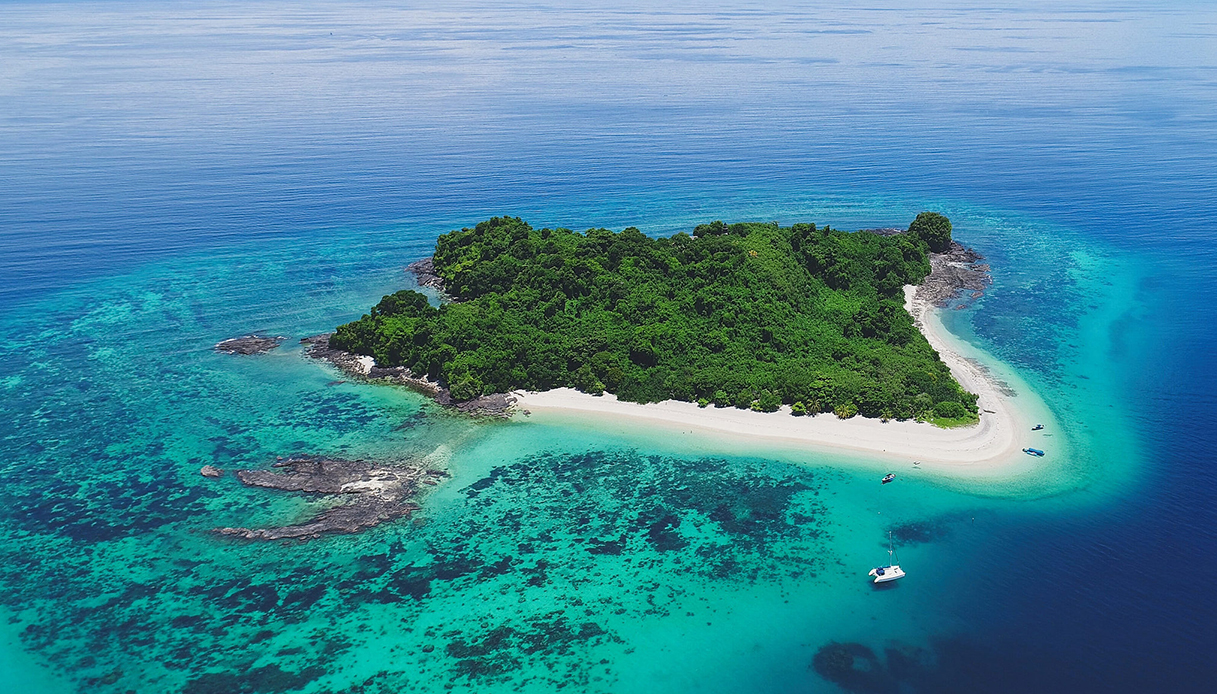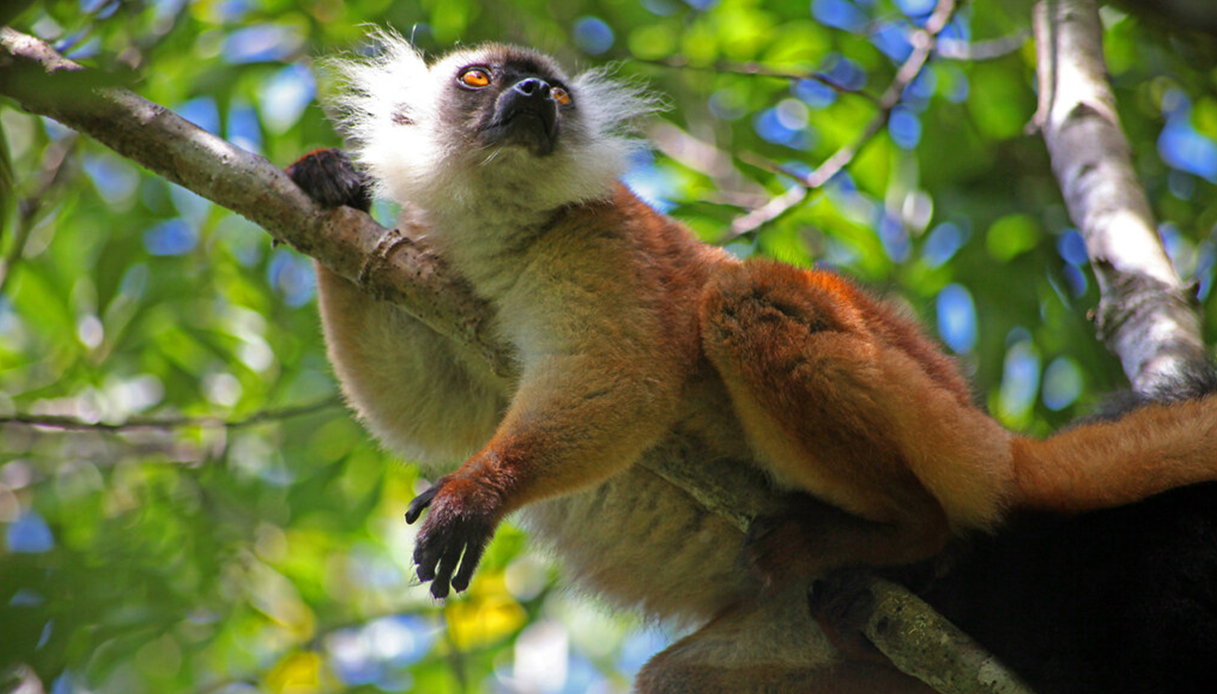One of the best known islands of the archipelago of Nosy Bè, Nosy Iranja affects the imagination and the senses of visitors who come to admire a corner of paradise. A tongue of white sand of rare beauty about 2 km long separates two islets, Iranja Kely (small) and Iranja Bè (large). At low tide you can walk on foot letting admire on the sides the turquoise water sparkling in the sun. A place of peace where you can do marine, submarine activities and visits to the village, with its stalls of handicrafts, and to the beautiful lighthouse on top of the hill.
EXCURSIONS NOSY BE

Nosy Iranja

Nosy Sakatia
It is the island of giant turtles that graze the grasslands not very deep from the surface of the water. Rich in orchids and great biodiversity, it is a must stop between one dive and another to enjoy the tasty specialties of the Malagasy cuisine of the various restaurants on the beach.

Nosy Fanihy
Fanihy in the Malagasy language means bat. It is a small splendid island with a white beach formed by fragments of corals and a luxuriant vegetation. Clear waters allow you to make a pleasant snorkeling in the company of the many birds that inhabit the island.

Nosy Tani Kely
Nosy Tanikely, also called Nosy Antanihely, “the island of the small land”, south of Nosy Bè, is an islet that acquired the status of a protected marine and coastal area several years ago. It is known for its exceptional marine and terrestrial biodiversity: you can be enchanted by the beauty of the place, sunbathe, have lunch on the white beach and dive into a transparent water where many types of fish swim among the corals. It is an excursion to be lived in the family and invites to the passion for the underwater world.

Nosy Komba
Nosy Komba is a small volcanic island located south of Nosy Bè and facing the Grande Terre. It is the highest among those of the archipelago, thanks to its highest point, the Antaninaomby volcano, at 622 meters above sea level. A variety of families of lemurs live here, considered sacred by the inhabitants and therefore protected by the “fady” taboo. In addition to the animals, here you can admire awesome landscapes and the creations of refined local craftsmanship, renowned above all for woodworking.

